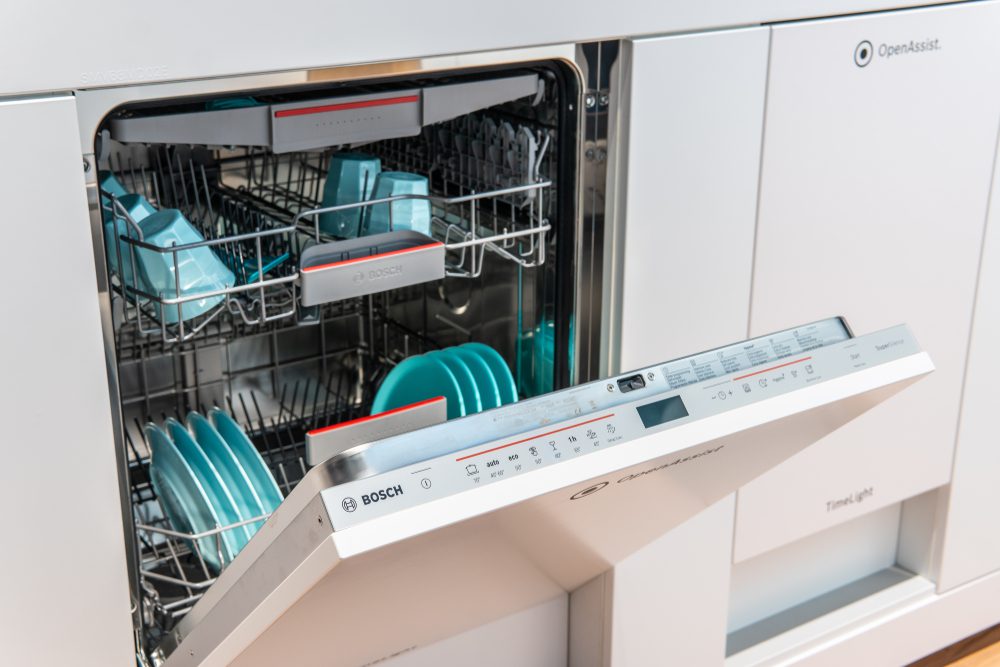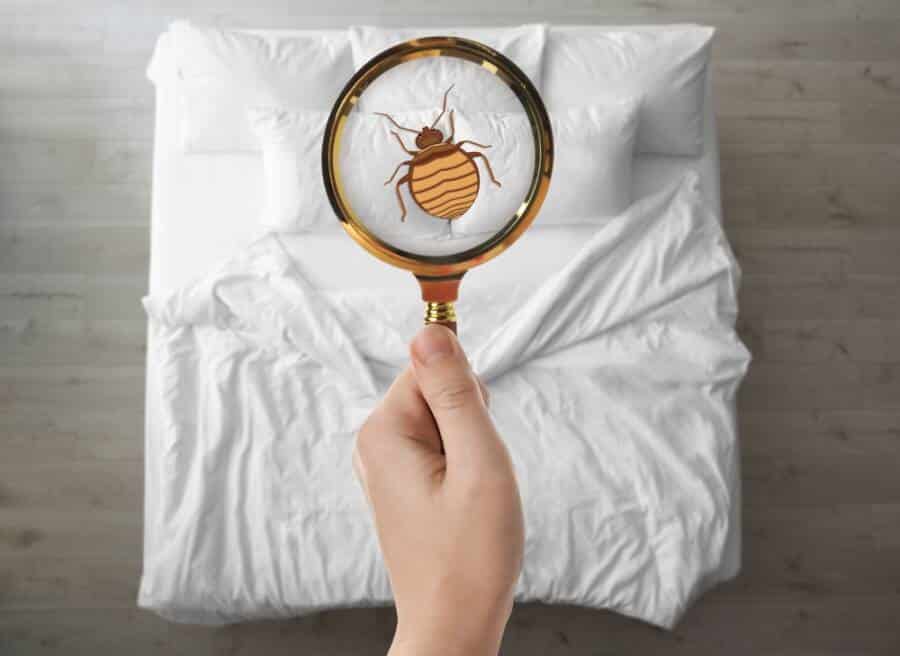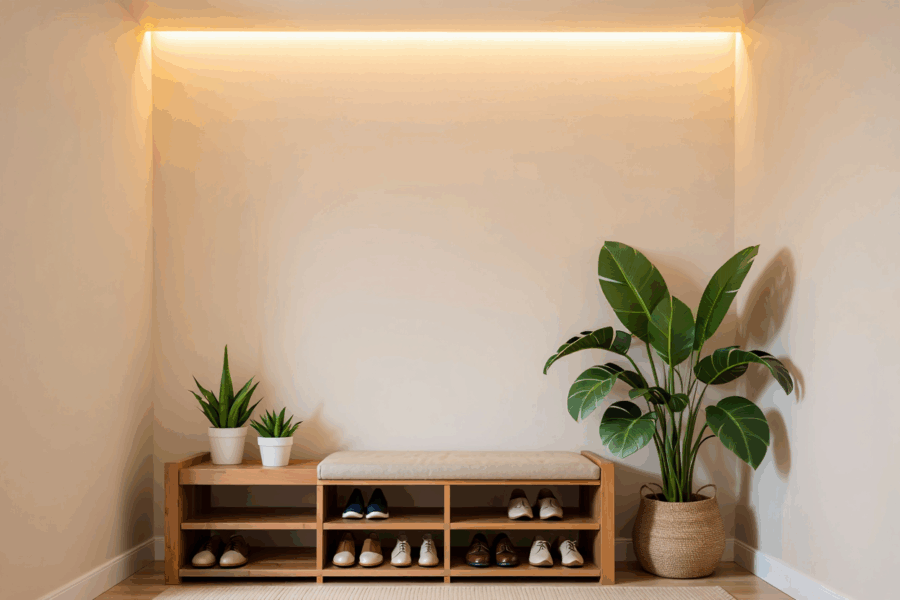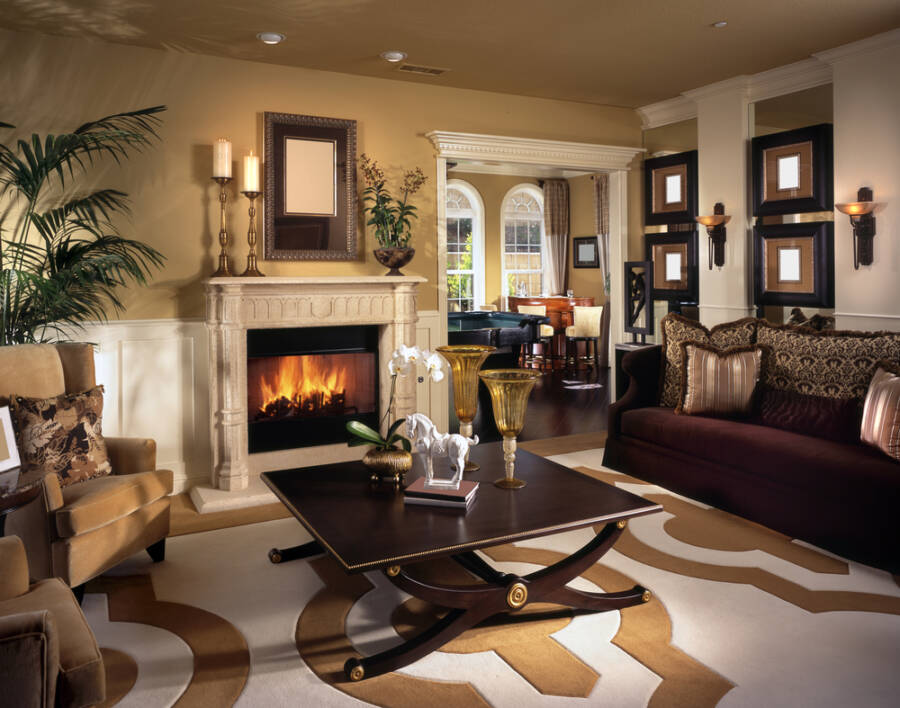What do you do to prevent break-ins?
In an age where home invasions are on the rise, protecting your sanctuary has never been more crucial. While it’s true that advancements in home security systems have led to a significant 62% decrease in burglaries since 2012, FBI data shows that more than 580,000 homes are still robbed annually.
When thinking about how to prevent break-ins in your house, there are a bunch of things you should keep in mind. When intruders break into homes, there’s a higher chance of them doing so during the day, when most people are at work.
Also, about 40% of annual household burglaries in the US haven’t forced entries, meaning someone was able to climb, crawl, or walk inside houses almost as easily as if the owners left a key on display.
Now, if you take the right safety measures, there’s no need to live in fear. According to experts, there are several proactive steps you can take to prevent break-ins and ensure you don’t become another burglary statistic.
We’ll delve into key strategies that you should implement to protect your loved ones and property. Check this out!
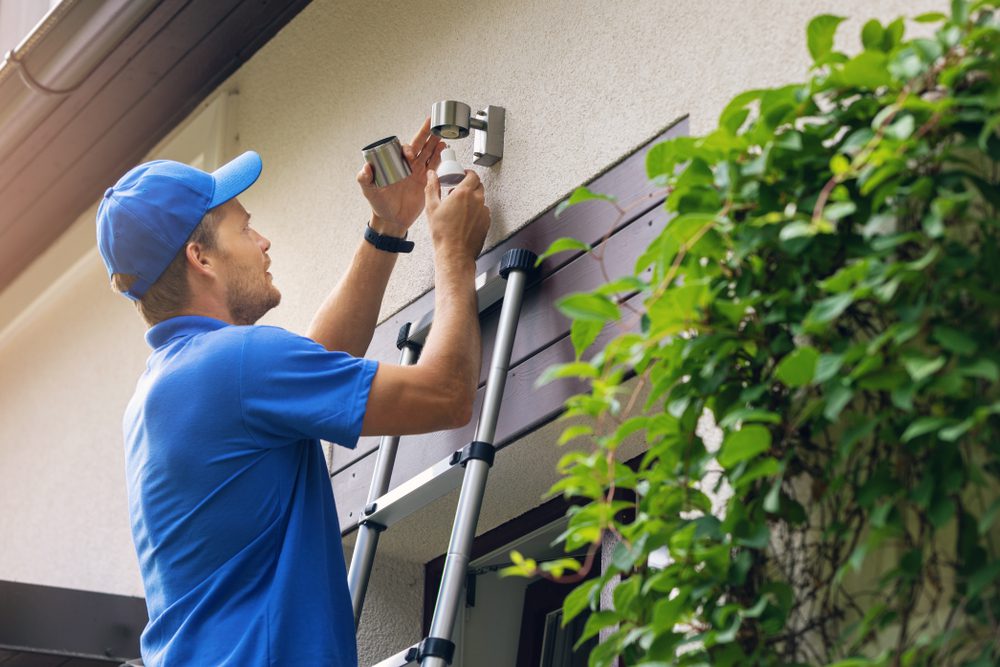
1. Install smart light bulbs outdoors
If you’re leaving your house in the morning and don’t plan to come back before dark, you may forget to turn on the outdoor lights. But even if you do remember, a light outside burning during the day is a clear sign to potential burglars that you’re not home.
One of the best ways to prevent break-ins is to install a smart light bulb outside. Take it up a notch and pick one that you can connect to its app so you can schedule the light to turn on at dusk and off at dawn. You do that, and it’s basically one less thing to worry about during those mornings when you’re rushing.
No bridges or hubs are required; all you need is an internet connection, a mobile device, and a Wi-Fi router to control the light outside, regardless of your location.
2. Automate indoor lighting
The next trick you may want to consider to prevent break-ins in your house is to automate indoor lighting. Picture this: You get back home after dark, later than expected, with a couple of bags full of groceries—and the house is pitch black.
So you have two options: get inside, turn the lights on, and come back for the groceries, or wrestle with the bags and turn the lights on while entering the house. Either way, it’s an uncomfortable, inconvenient, and unsafe situation.
Moreover, it’s also unnecessary, as these days, smart technology does the job for you: it ensures your place is well-lit whenever you need it to be.
For example, bulbs like this from Cync screw into light fixtures just like any other LED bulb, but get ready to be surprised (or not): you can pair yours with a voice assistant such as Amazon Alexa. The bulb connects directly to the app, and you can turn it on or off by voice or app.
This means that you’ll never have to come back to a dark house again. Obviously, this is also a great way to prevent break-ins. For times when you’re on vacation, just set the lights to turn on in the evening and off in the morning, and burglars won’t know the difference!
3. Trim trees and shrubs
Trees and shrubs tend to grow, and if you don’t pay attention to them, they can end up partially blocking windows and large portions of your house’s siding. The result isn’t just unaesthetic, but it’s also a haven for potential intruders who can sneak into your yard and hide behind overgrown bushes before trying to break in.
To avoid this from happening, trim overgrown trees and shrubs using a pruning saw or chainsaw for large limbs and pruning shears to remove smaller branches. While you’re at it, trim overhead tree branches to make your home look livable and nice; it will be less attractive to burglars.
These trims won’t just prevent break-ins; they will also improve its curb appeal.
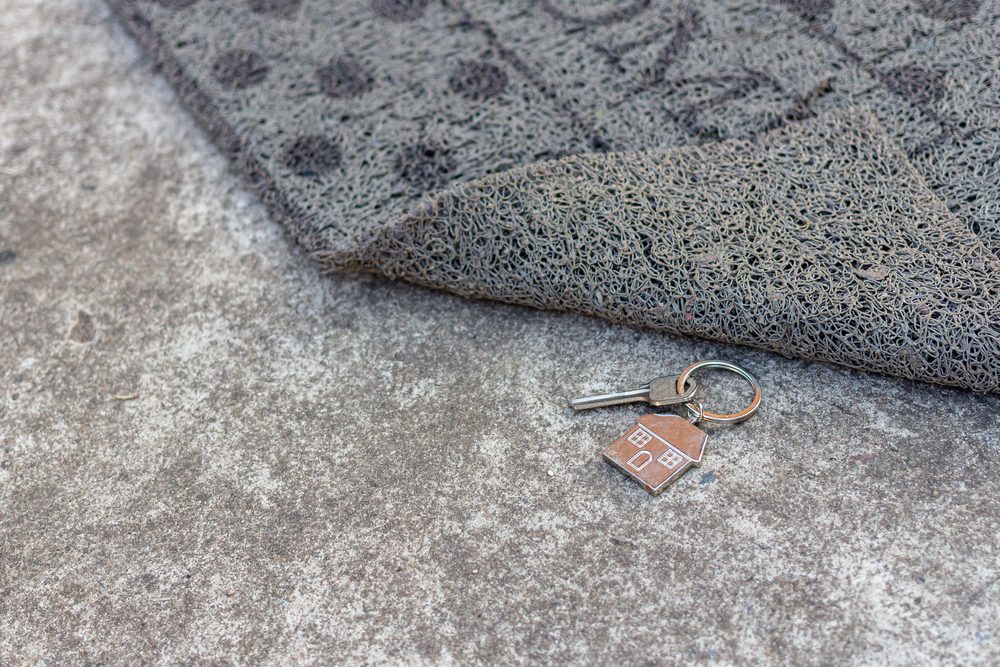
4. Forget about the “hidden” spare key—or hide it better
It’s common to hide the spare key under a doormat, in a fake rock near the entry, or under a front porch flower pot. Even on TV shows and movies, we see this so-called trick. But just because it’s so common, it’s one of the things that can put your house’s safety at risk.
Remember: Burglars watch the same shows and know the same tricks—and this one has run its course. After all, if a burglar finds your spare key, they can easily enter your house without a break-in. Same crime, less mess.
If you still want to hide a key but at the same time want to prevent break-ins, place it where no one would expect it. A great way to start is to find a place far from the entry. Or you can leave the key with a trusted neighbor. If something unexpected arises while you’re out, ask them to enter the house and help you with whatever you need help with.
Many home security alarm systems have guest passcodes, so don’t forget to give your neighbor that magic number.
Read on to find other safety measures to prevent break-ins!
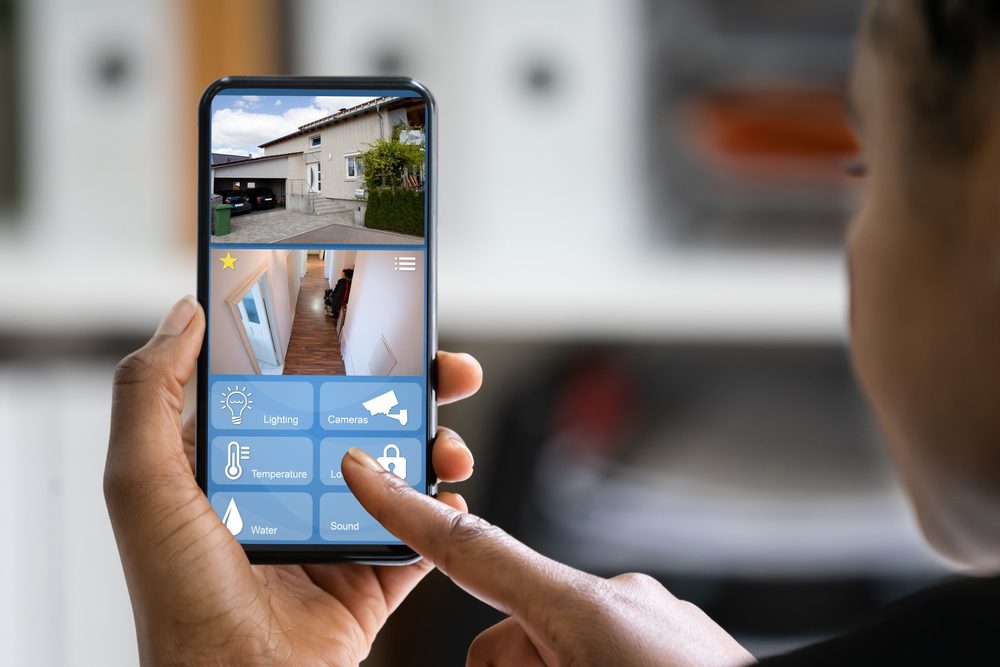
5. Install smart security cameras
Installing these kinds of devices is by far one of the best ways to prevent break-ins! Knowledge is power, and knowing what’s happening around your house (and perhaps also inside) while you’re away helps you protect your biggest asset.
You can access the camera from work or on vacation and receive alerts based on motion or unwanted guests. All you need are some smart security cameras and a phone.
In a worst-case scenario, the cameras can capture valuable evidence, such as an intruder’s face or body, during a break-in. These devices can also feature privacy features, such as a sliding shutter that allows you to disable the camera and microphone—so basically, it’s on when you want it and off when you don’t.
6. Close the gaps
Another thing you should do to prevent break-ins is close any security gaps that leave your house vulnerable to burglars. Solutions range from controlling information about your absence to creating the illusion of indoor activity.
One option would be to have a neighbor pick up your mail and newspapers. An alternative to this one is to call the post office and ask them to keep your mail there until you’ve returned to town.
Leave outgoing messages as is. To prevent break-ins, don’t record an outgoing message on your answering machine or voicemail system that indicates you won’t be home. Anyone can call these numbers, and anyone can know this information.
It’s also very important to set the alarm system before you leave home. Make sure you check all window and door sensors’ battery levels and that they have plenty of juice. If you don’t have a home security alarm, consider getting a wireless one with stick-on window and door sensors. Many basic kits, including an alarm and a keypad, cost less than $200 and are pretty easy to install.
If you liked our article on ways to prevent break-ins in your house, you may also want to read Are Window and Door Replacements Worth the Investment?



